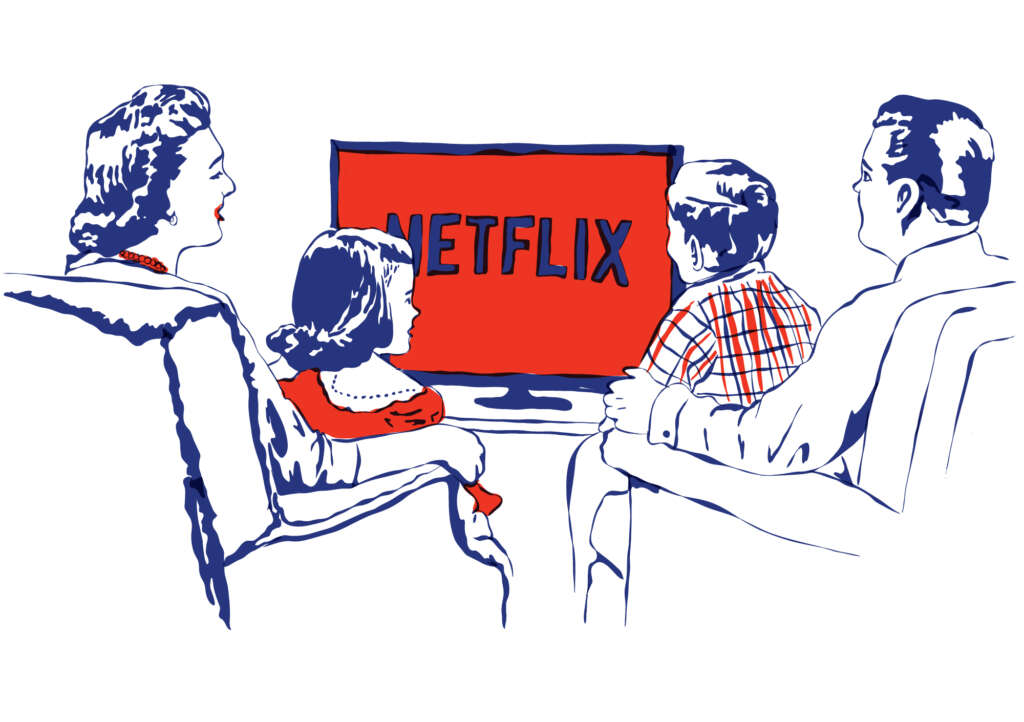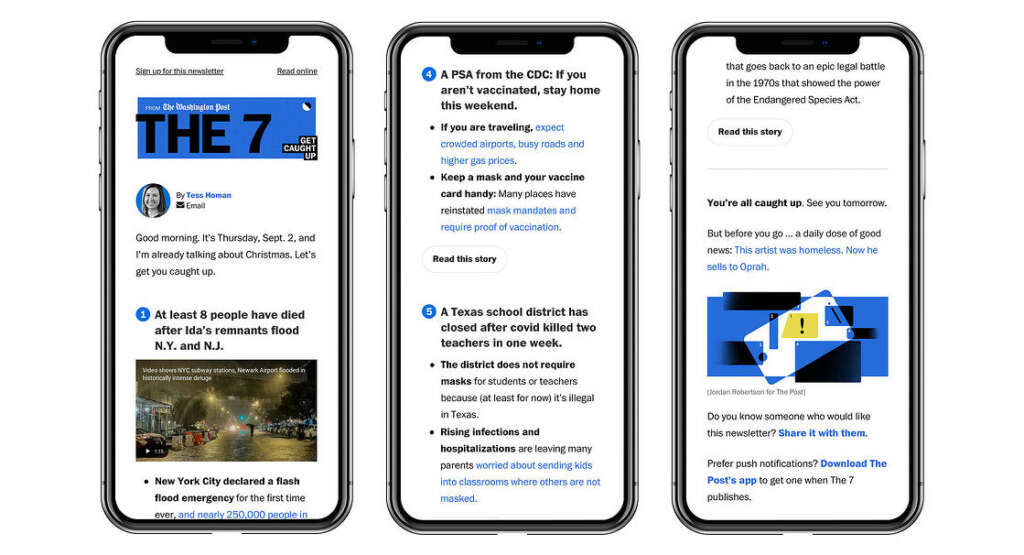You're reading The Audiencers' newsletter #4, sent out on December 7th, 2022. To receive future newsletters straight to your inbox every two weeks, sign up here.
Micropayments are back (or not)
England play France this week, which means it's me vs. the whole company… wish me luck!
The other trending topic at the moment is micropayments, a subject that keeps coming back for its little moment in the limelight before fading out again (or is it just me who thinks this?)
Micropayments seem like they should work – wouldn't publishers prefer to make $2 from a micropayment than lose the reader entirely?
But Mark Stenberg, Senior Media Reporter at Adweek, explains that in fact they “fail to work thanks to a complex web of consumer psychology and macro economics…
For instance, unlike paying for your favorite tuna melt from your favorite sub shop, when you pay for an article, you have no idea in advance whether you will like it or not, meaning you have shelled out your hard-earned cash for what essentially amounts to a gamble. Compounding the problem, once you have paid for the article, you now expect it to be worth the money you paid for it, meaning some poor unassuming blog post now has an added pressure to wow.
The end result? You will likely find the article to have been a waste of money, discouraging you from making such a mistake in the future. Thus, what at first looked like a potential solution to the paywall problem has the inadvertent effect of decreasing the consumer's likelihood to pay in the future.”
Find Mark's full discussion on Micropayments on The Audiencers.
Also in today's Newsletter #4:
- Inspirations: Constantly evolving product offerings with A/B testing at Netflix
- Strategy to steal: Building a successful product with The Washington Post and their daily newsletter, The 7
- We've updated our registration wall, have you noticed?
- Recommendations to add to your reading list: from The Audiencers and friends
Inspirations
Constantly evolving product offerings with A/B testing at Netflix

Netflix, the highest-earning media service provider on the market. A hard subscription model that's converted over 220 million paid subscribers. At least 17,000 titles across all its international libraries… It's clear that Netflix is doing something right!
One of the main reasons for this is that they're constantly evolving product offerings and quality of experience to improve the value offered to subscribers. And, as the Netflix Technology blog highlights, it's thanks to A/B testing that this strategy has been a success.
“Whilst decisions made in a team are limited to the viewpoints and perspectives of those involved, A/B testing is a form of experimentation that gives subscribers the opportunity to vote subconsciously with their actions on how to evolve the Netflix experience.”
I.e. it plays a key role in implementing an iterative learning process, alternating between induction (idea-first) and deduction (observation) to continuously optimize performance.

Discover examples of how the Netflix team are putting this theory into practice on The Audiencers.
Strategy to steal
Building a successful product with The Washington Post
There are 5 steps to the WP's product building process:
- Understand the audience and their needs
- Observe the competitive landscape
- Create a minimum delightful product
- Ship and iterate until you have product-market fit
- Keep evolving and growing product
Example of this in practice:
What are the audience needs? users are finding articles too long, they don't have enough time to consume it all but still want to access quality journalism.
What are The Washington Post's needs? to form daily habits as an essential part of the customer journey towards high engagement, subscription and retention.

And how did they ensure that this product worked well on The Washington Post?

What about the things that don't work?
- Clinging to the way you have always done things
- Not understanding the audience
- Too much consensus thinking (diversity is key!)
- Keeping people in silos (be sure to share and align goals)
- Doing everything at once
We updated our registration wall, did you notice?
With the aim of being transparent with you on our own strategy (in a bid to support you in yours), we've changed the messaging on our registration wall:

Why did we do this?
Firstly, as a publisher helping publishers, we wanted to highlight the actual reason for using a wall – for establishing a value exchange. This value is different depending on the wall, but it should always be there, whether payment is involved or not.
In our case, you get the value of access to our content and newsletter, whilst we benefit from better understanding our audience and increasing engagement through the regularly-sent newsletter. It's a brilliant strategy for publishers to monetize (even minimally) from all readers, whether that user is likely to subscribe in the future or not.
We've also found with Poool clients that transparency is appreciated by readers – i.e. sharing how much of the article they have left to access and what they will receive in exchange for providing their email. Having said this, A/B testing is essential as your audience is unique to you.
Finally, constantly modifying your wall has been proven to re-ignite conversion rates. This could be as simple as altering the messaging or colors, but an easy place to start is to update your wall based on the season, national holidays or sale periods, such as Black Friday, Christmas or summer. Poool's client ELLE Magazine is a brilliant example of this strategy being used effectively.

In-house content to read…
- “Subscription growth continues, but there's a realization that readers need to see value” – insights from Media Moments 2022
- How Le Figaro limits password sharing among its subscribers, Product Owner, Ludovic Lacroix, shares all
- Find our previous newsletter editions in the ‘Newsletter' section of The Audiencers
…and recommendations from elsewhere
- “If you properly welcome new users and subscribers, they'll stay longer” – The Fix discusses how a suitable welcome experience can go a long way
- Media Moments 2022 report is out now and free to download, covering everything from advertising & broadcasting to newsletters & subscription. Find the full report here
- Nieman Lab looks at how The Washington Post have taken inspiration from Spotify wrapped up to increase engagement
Stay in the loop until our next newsletter by giving us a follow on LinkedIn or Twitter.
All the best,
Madeleine
The Audiencers' newsletter: from professionals to professionals
Sign up to our newsletter – real-life examples, expert points of view and inspirations from publishers around the world to help you do your job better. Sent every two weeks.
